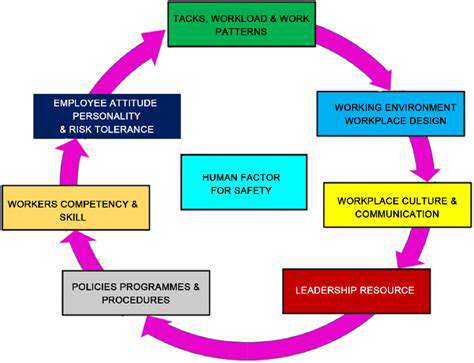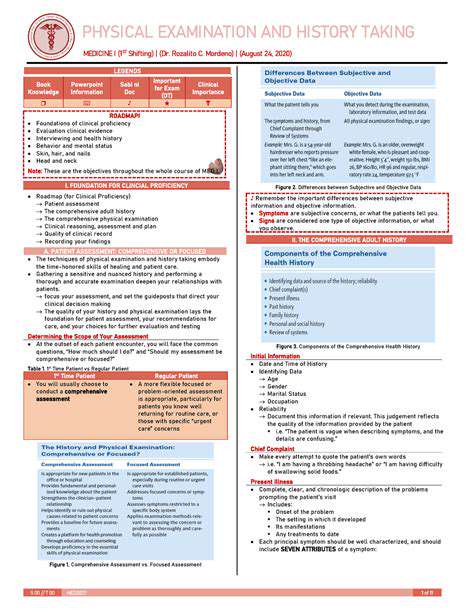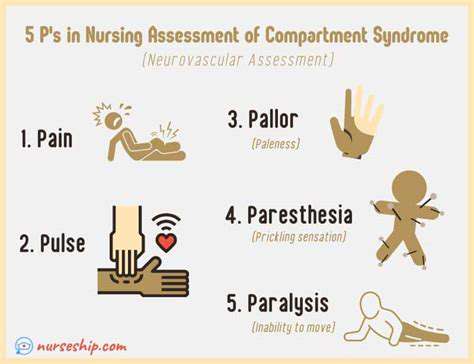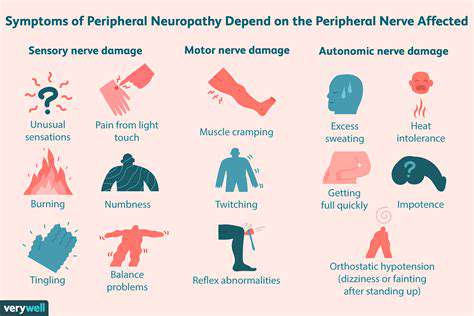Why Some People Experience Numbness in Their Hands
Understanding the Carpal Tunnel
Carpal tunnel syndrome (CTS) is a common nerve compression disorder that affects the median nerve, a major nerve in your hand and wrist. This nerve runs through a narrow passageway called the carpal tunnel, located on the palm side of your wrist. When this tunnel becomes constricted, it puts pressure on the median nerve, leading to a range of symptoms, often starting subtly and progressing over time. This compression can stem from various factors, including repetitive movements, inflammation, or underlying medical conditions.
The carpal tunnel is a critical passageway for nerves and blood vessels that supply sensation and movement to the hand. Understanding the intricate anatomy of this area is crucial in comprehending how pressure on the median nerve can manifest as various symptoms.
Causes of Carpal Tunnel Syndrome
Several factors can contribute to the narrowing of the carpal tunnel and subsequent pressure on the median nerve, leading to CTS. Repetitive hand movements, such as typing, using a mouse, or performing assembly-line work, are significant contributors. Wrist positions that are consistently bent or extended for prolonged periods can also exacerbate the problem.
Underlying conditions like pregnancy, rheumatoid arthritis, hypothyroidism, and diabetes can also increase the risk of developing carpal tunnel syndrome. Fluid retention, common during pregnancy or with certain medical conditions, can swell the tissues in the wrist, further contributing to nerve compression.
Symptoms and Diagnosis
Symptoms of carpal tunnel syndrome often start gradually, with mild numbness or tingling in the thumb, index, middle, and ring fingers. These sensations may initially occur only at night or during periods of inactivity. As the condition progresses, the symptoms may worsen, extending to the entire hand and wrist, becoming more persistent and intense. Pain can also be a symptom, although it's not always present.
Diagnosis typically involves a physical examination by a healthcare professional. The doctor will assess your symptoms, evaluate the strength and sensation in your hand and wrist, and may perform specific nerve conduction tests to confirm the diagnosis and assess the severity of the nerve compression. These tests measure the electrical signals traveling through the median nerve, providing crucial information about the function and health of the nerve.
Treatment Options for Carpal Tunnel Syndrome
Treatment for carpal tunnel syndrome often starts with conservative measures, such as wrist splints, which help maintain a neutral wrist position, reducing pressure on the median nerve. Over-the-counter pain relievers can help manage pain and inflammation. Lifestyle modifications, like reducing repetitive hand movements and taking breaks, are also essential to alleviate symptoms.
In some cases, steroid injections into the carpal tunnel may be recommended to reduce inflammation and relieve pressure on the nerve. However, if conservative measures fail to provide significant relief, surgery may be considered to permanently alleviate the pressure on the median nerve.
Preventing Carpal Tunnel Syndrome
While not all cases of carpal tunnel syndrome can be prevented, certain lifestyle adjustments can significantly reduce the risk. Practicing good posture, particularly when using a computer or performing repetitive tasks, is crucial. Taking regular breaks to stretch and move your hands and wrists is equally important to prevent prolonged strain and promote proper blood circulation.
Ergonomic adjustments at work or home can also play a significant role in preventing carpal tunnel syndrome. Using supportive tools and equipment that minimize strain on the wrists and hands can reduce the risk of developing this condition. Maintaining a healthy weight and managing underlying medical conditions that increase the risk of CTS can also contribute to overall prevention.
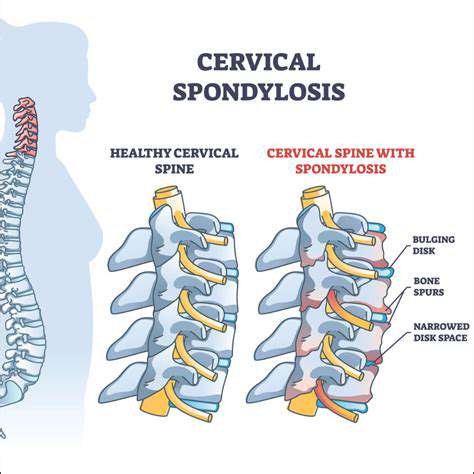

Read more about Why Some People Experience Numbness in Their Hands
Hot Recommendations
- The Impact of the Digital Age on Hand Function
- The Role of Hands in Agricultural Innovation
- The Impact of Technology on Hand Artistry
- The Importance of Hand Care for Artists
- How Hand Control Enhances Robotic Surgery
- The Impact of Hand Strength on Physical Labor
- How Handwriting Influences Cognitive Development
- The Impact of Environmental Factors on Hand Health
- The Power of Hands in Building Community
- The Importance of Ergonomics in Hand Health



